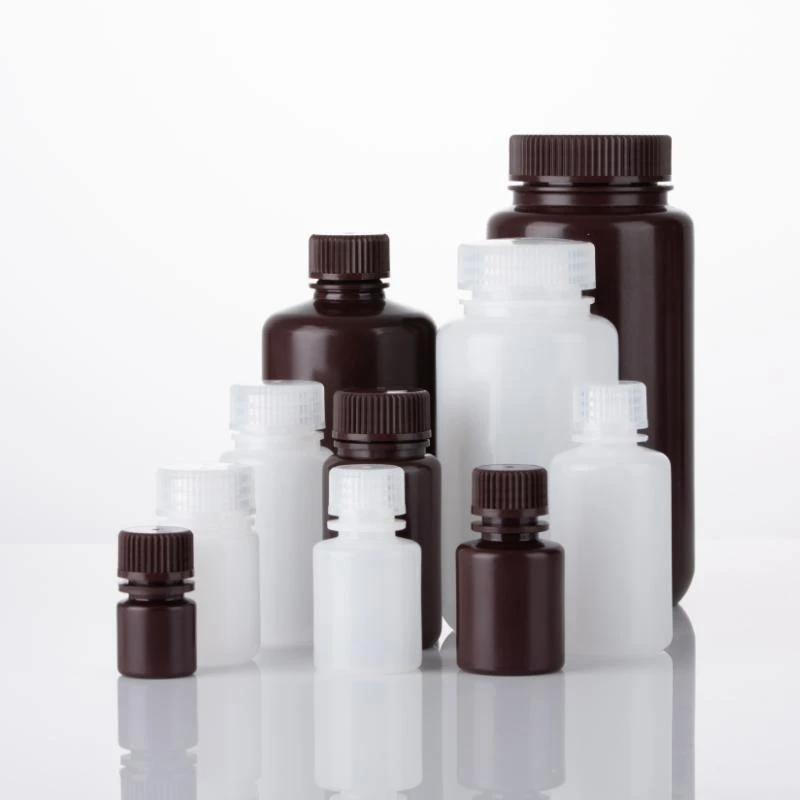uses of petri dish in microbiology laboratory
Uses of Petri Dishes in Microbiology Laboratories
Petri dishes, also known as Petri plates, are shallow, cylindrical, flat dishes made from glass or clear plastic. They play a fundamental role in microbiology laboratories for a wide range of applications, primarily involving the cultivation, isolation, and analysis of microorganisms. The versatility and effectiveness of Petri dishes have made them indispensable tools in microbiology.
One of the primary uses of Petri dishes is in the culture of bacteria and fungi. When sterile growth media, such as agar, is poured into a Petri dish and allowed to solidify, it provides an ideal environment for microorganisms to thrive. Various types of agar media can be prepared to nurture specific types of microorganisms. For instance, Nutrient Agar is used for general cultivation of bacteria, while Sabouraud Dextrose Agar is designed for cultivating fungi. Once the medium is prepared, researchers can streak a sample onto the agar surface using an inoculating loop, facilitating the growth and isolation of microorganisms for further study.
Another significant application of Petri dishes is in the assessment of antimicrobial susceptibility. This is achieved through the disk diffusion method, where small disks impregnated with antibiotics are placed on the surface of an agar plate that has been inoculated with a bacterial strain. As the bacteria grow, the antibiotics diffuse into the agar and inhibit the growth of susceptible bacteria, creating clear zones around the disks. Measuring the diameter of these zones helps determine the effectiveness of the antibiotics, which is crucial in identifying treatment options for bacterial infections.
Petri dishes are also employed in the study of microbial growth patterns and characteristics. By incubating different microbial species under various environmental conditions, such as temperature, pH, and oxygen levels, microbiologists can observe how these factors influence growth. This experimental setup allows scientists to gather data on optimal growth conditions, leading to better understanding of microbial physiology and ecology.
uses of petri dish in microbiology laboratory

In addition to growth studies, Petri dishes are essential tools for conducting experiments on microbial interactions. They can be used to investigate competition and cooperation among microbial species in mixed cultures. For example, using co-culture techniques, researchers can identify how certain bacteria affect the growth and survival of others, leading to insights into ecological balance and microbial community dynamics.
Petri dishes are also critical in environmental microbiology. Scientists often collect samples from soil, water, or air to study the microbial diversity and community structure in various habitats. By using selective media designed for specific groups of microorganisms, researchers can isolate and characterize diverse microbial communities, which is vital for environmental monitoring and understanding ecosystem health.
Moreover, Petri dishes serve educational purposes in teaching microbiology. In academic settings, students are often tasked with tasks such as isolating bacteria from environmental samples or observing the effects of different antibiotics. This hands-on experience provides invaluable training in sterile techniques, observation skills, and data analysis, fostering the next generation of microbiologists.
It is also important to highlight the innovations in Petri dish design and functionality. Traditional glass dishes are being complemented by disposable plastic ones, which not only reduce the risk of contamination and improve convenience but also allow for easier disposal and recycling. Some companies have developed specialized dishes with features like built-in gas exchange membranes or unique shapes that facilitate specific types of experiments.
In conclusion, Petri dishes are vital instruments in microbiology laboratories with broad applications spanning microbial culture, antibiotic susceptibility testing, growth studies, and environmental monitoring. Their role in hands-on education ensures that future scientists are well-prepared to address the challenges in microbiology. As innovations in design continue to evolve, Petri dishes will remain a cornerstone of microbiological research and practice. The effective application of this simple yet powerful tool underscores the importance of proper laboratory techniques in the ongoing pursuit of scientific knowledge.
-
Aesthetic Makeup Spray Bottles | Fine Mist Empty RefillableNewsAug.19,2025
-
White Plastic Veterinary Vaccine Vials | Lab Liquid BottlesNewsAug.18,2025
-
Plastic Medicine Liquid Bottle: Secure Flip Top Drug VialsNewsAug.17,2025
-
Durable 250ml Blue Plastic Vaccine Vial for Lab & Vet UseNewsAug.16,2025
-
Sterile Virus Sample Tubes: Secure & Reliable Specimen CollectionNewsAug.15,2025
-
White 250ml Plastic Vaccine Vial for Lab & Vet MedicineNewsAug.14,2025
























